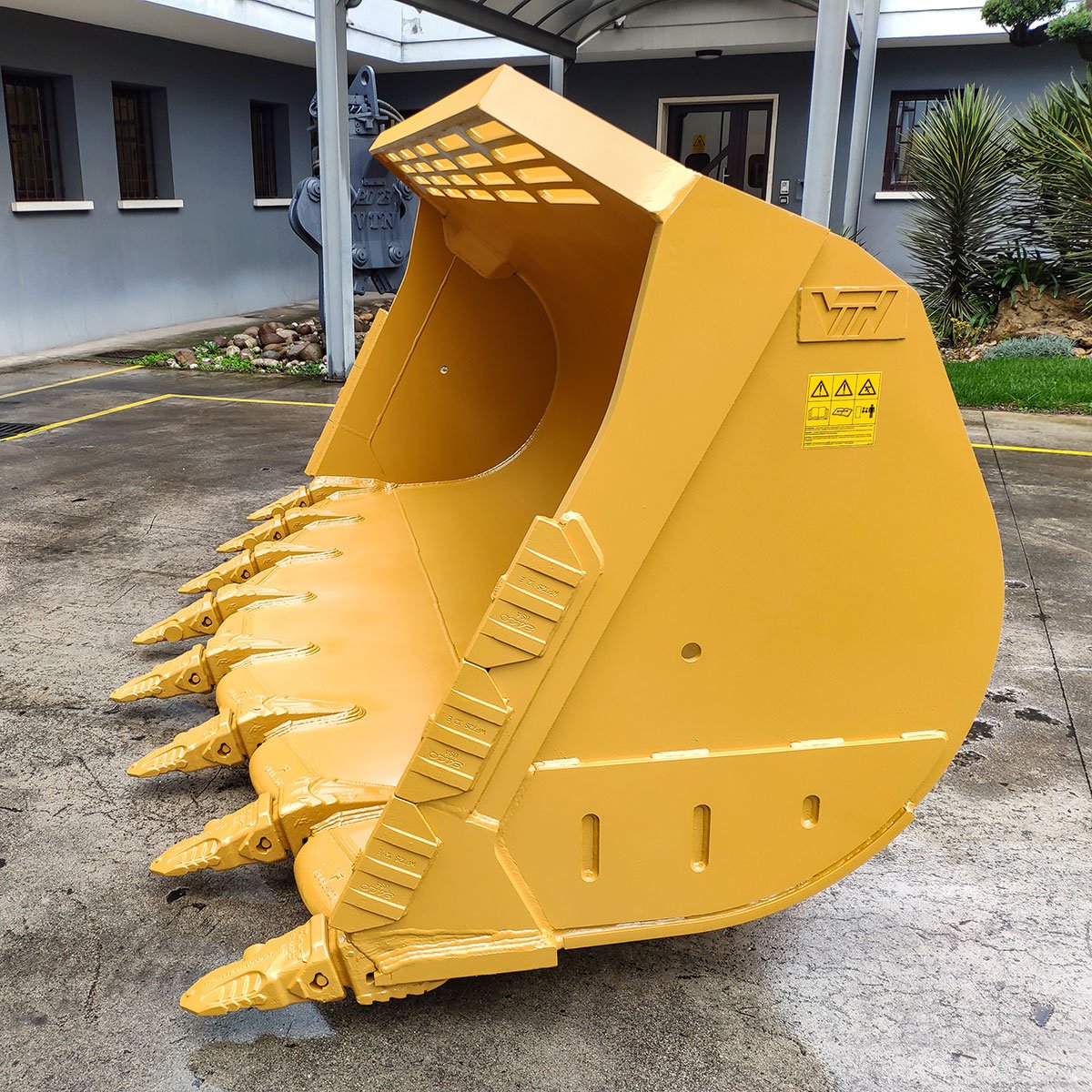A rock bucket is one of the most valuable attachments for excavators and loaders, especially when working in tough terrains or handling heavy, abrasive materials. Designed to handle rocks, debris, and other challenging materials, it’s built for strength—but even the strongest equipment needs proper care to perform at its best. Regular maintenance not only ensures efficiency but also extends the lifespan of your rock bucket, saving you from costly replacements and downtime.
Here are some essential maintenance tips to keep your rock bucket in excellent condition for years to come:
Routine inspections are the first line of defense against wear and tear. Before and after each use, check the bucket thoroughly for any visible damage. Look for:
Cracks in the bucket body or welds.
Worn-out or loose teeth.
Bent or damaged cutting edges.
Signs of rust or corrosion.
Early detection of these issues allows you to address minor problems before they turn into major repairs.
After working in rocky or muddy environments, debris often gets lodged in the bucket. Over time, this can cause wear and even structural damage. Make it a habit to clean the rock bucket after every shift.
Use a pressure washer to remove dirt, mud, and debris.
Pay special attention to the bucket teeth and corners where material tends to accumulate.
A clean bucket is easier to inspect and less likely to suffer from hidden corrosion or stress points.
The teeth of your rock bucket do most of the heavy lifting—breaking through tough materials and absorbing impact. Naturally, they are prone to wear faster than other parts.
Check the teeth for dullness, cracks, or uneven wear.
Rotate or replace worn teeth promptly to maintain optimal digging performance.
Using the right type of teeth for your specific application (rock, clay, or loose soil) also extends their service life.
Friction at the pivot points and pins can lead to premature wear if left unchecked.
Apply grease regularly to all moving parts.
Use a high-quality lubricant suited for heavy machinery operating in abrasive environments.
Proper lubrication reduces wear and prevents parts from seizing up, ensuring smooth operation.
The cutting edge of a rock bucket takes a significant amount of abuse. Worn or damaged edges reduce the efficiency of your bucket and make the machine work harder.
Inspect the cutting edge for rounding or cracks.
If reversible edges are fitted, flip them when one side wears out.
Replace the cutting edge when necessary to maintain productivity and protect the bucket’s main structure.
Overloading may seem like a way to get work done faster, but it puts immense strain on the bucket, the attachment system, and the host machine.
Always adhere to the manufacturer’s recommended capacity limits.
Avoid using the bucket as a prying tool or striking object—it’s designed for digging and carrying, not for levering or hammering.
This will not only extend your bucket’s lifespan but also prevent potential damage to your machine.
When your rock bucket is not in use, proper storage is crucial to protect it from environmental damage.
Store the bucket in a dry, covered area to minimize exposure to rain, moisture, and UV rays.
If outdoor storage is unavoidable, place the bucket on wooden blocks to keep it off the ground and cover it with a tarp.
While daily checks and routine care are vital, scheduling periodic professional inspections can help identify deeper issues. An experienced technician can check for structural fatigue, alignment problems, and hidden cracks that aren’t visible to the naked eye.
Your rock bucket is an investment, and like any investment, it deserves protection. By following these maintenance tips—regular inspections, cleaning, timely part replacements, and proper usage—you can ensure that your rock bucket performs efficiently and lasts for years, even in the harshest conditions.
Remember, a well-maintained rock bucket not only saves money on repairs and replacements but also maximizes productivity on every job site. Treat your equipment with care, and it will return the favor with reliable performance.